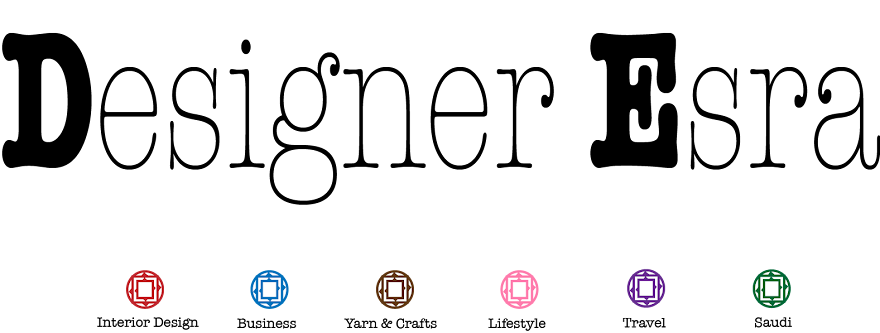The narrative is everything
Last week, I attended a lecture by Roger Mann from Casson Mann at the narrative environment event in Middlesex University. Mann took part in award-wining designs. He talked about a number of projects he completed. He also mentioned very useful tips that I summarised below.
 |
| Mr. Roger Mann on the right, source |
Great North Museum
Newcastle upon Tyne
2009
This museum was object oriented and there was a space in the middle of the museum that needed to be utilised. That's why the gallery took a vertical shape, which gave a dramatic look to the entrance. Light was an important aspect and it shifted to different modes. Interactive screens were around to make the experience more interesting.
 |
| Source |
 |
| Picture from the presentation |
National Maritime Museum
Nelson, Navy, Nation. London
October 2013
This museum was also object rich. The subject of the museum was Nelson, the one who set the beginning of the British empire for the next 200 years. The number of items to be displayed was very big. Therefore, a narrative was a must to connect the items together. Some of the cases were especially designed to reflect the content. The quality of light was carefully considered as well to give a sense of reality.
 |
| Source |
 |
| Picture from the presentation |
Hollywood Costume
Victoria and Albert Museum, London
20 October 2012 – 27 January 2013
Victoria and Albert Museum, London
20 October 2012 – 27 January 2013
The Victoria and Albert museum celebrated a 100 years of cinematic design through a temporary exhibition. The exhibit focused on the various Hollywood customs and the process of creating the character. The exhibit wanted to champion the role of the designer. The exhibit was made of three galleries and they were named after three acts. It took a year and a half to complete the design. The style of the exhibit was very reflective of Hollywood with the use of media and interactive methods.
 |
| Source |
Cité des civilisations Du Vin
Bordeaux, France.
In progress. To be opened in 2016
Bordeaux, France.
In progress. To be opened in 2016
This is a wine cultural centre that is media focused. The purpose of this centre is to create appreciation of wine. Therefore, the design included many screens and interactive methods to compensate the lack of objects and items. A lot of aspects were studied such as visitor flow and how their fatigue could be avoided.
 |
| Picture from presentation |
In progress.
The first step of designing this museum was the narrative. It was drawn as bubble diagrams at first and it kept on improving. This project is both object and media focused. It brings almost 2000 objects with interactive media and screens. Initial models of the design idea really helped the client understand the design.
Research was the most important thing for this design because most of the ideas were drawn from war reality. For instance, the war happened during summer, so the colours of some imagery and designs were made to remind people of the right timeframe when the war happened. All the interiors were a result of research, neither fashion nor taste. Animation was also a big part of the design. Thus, actors and models were hired for some reenactments.
Research was the most important thing for this design because most of the ideas were drawn from war reality. For instance, the war happened during summer, so the colours of some imagery and designs were made to remind people of the right timeframe when the war happened. All the interiors were a result of research, neither fashion nor taste. Animation was also a big part of the design. Thus, actors and models were hired for some reenactments.
 |
| The summer colours. Picture from presentation |
 |
| Coloured labels were used to brighten the dullness of war. Picture from presentation |
Silver lining in exhibition and museum design
Designers have to identify if the museum or exhibit they are designing is
object focused, media focused or a mix of both because each has different requirements.
Designers have to identify if the museum or exhibit they are designing is
object focused, media focused or a mix of both because each has different requirements.
Advice for upcoming designers
- Create an interesting narrative
- Communicate a story to the audience
- Nest objects to create dialogue between them
- Get to know the audience
- Simplify the information and make it easily digestible
Importance of sketching for designers
- Immediate communication with clients and colleagues.
- Sometimes other media take too long.








No comments:
Post a Comment